Páginas
-
Valde
-
Dalí 1904 - 1989 - Documentales
-
Noticias de arte
-
Jornadas y seminarios de arte
-
Historia del Arte
-
Rafael
-
Goya
-
Leonardo da Vinci
-
Los secretos de el código Da Vinci
-
Velazquez
-
Auguste Comte. El Positivismo.
-
El arte del Islam
-
Pablo Picasso
-
Jornadas y Seminarios
-
Bill Viola: los senderos de la condición humana
-
El arte del renacimiento
-
El poder de la mente
-
Arte Barroco
-
Grand Palais
-
Arte3D
-
El Impresionismo
-
Fenomenología del Espíritu/Mente
-
Arte contemporáneo
-
Albert Einstein
-
Kymatica
-
Metrópolis arte
-
Arte 3D animación
-
Mensajes ocultos en el arte pictórico
-
El arte pictórico y su relación con la historia de la Humanidad
-
El Experimento Filadelfia, ¿se basó en teorías de Nikola Tesla?
-
¿Quién fue este misterioso personaje llamado Enoc?...
-
Una extraña historia del genial científico Nikola ...
-
¿Qué sabemos sobre posibles civilizaciones extrate...
-
El vínculo secreto entre Egipto y América
-
¿Por qué es necesario establecer la Renta Básica U...
-
Evidencias de civilizaciones antediluvianas
-
El universo, ¿refleja el espíritu humano?
-
¿Dónde reside el poder mundial?
-
Una visión particular de la historia
-
Los peligros de los nuevos alquimistas
-
El ADN humano, ¿es como un super-Internet biológico?
-
El origen de las lenguas
-
¿Quiénes somos?
-
El viejo sueño humano de la invisibilidad
-
¿Vestigios de un pasado fabuloso?
-
Catalunya, ¿es viable como estado independiente?
-
El esoterismo de Gaudí, Barcelona y el culto al dragón
-
La Atlántida, un recuerdo persistente
-
¿De dónde venían el oro, la plata o el estaño de la antigüedad?
-
¿Se utilizaron armas nucleares en la antigüedad?
-
Las posibles vinculaciones extraterrestres de la especie humana
-
¿Quién fue Hermes Trismegisto?
-
Contactados por los dioses – los patriarcas bíblicos
-
Algunas consideraciones sobre los visitantes venid...
-
El Jardín del Edén, ¿estaba en el continente perdido de Mu?
-
¿Qué está sucediendo con el Estado del bienestar?
-
¿Somos capaces de controlar nuestros sueños? 1/2
-
Relájate-Escucha-Mira-y-Admira
-
La enigmática secta de los hashshashín
-
La historia oculta de la antigua Atlántida
-
Las Serpientes de la Sabiduría
-
Depuración del Organismo
-
La reencarnación o la evolución del espíritu
-
Salvador Dali, Walt Disney
-
Las sorprendentes tradiciones orientales y su vinculación con otras culturas
-
Las dos guerras mundiales de la primera mitad del siglo XX, ¿fueron planificadas?
-
Los hunos, el pueblo que hizo temblar al mundo civilizado
-
¿Cuántos milenios contemplan las Pirámides y la Esfinge de Gizeh?
-
Tercer Mundo Minas de Uranio
-
La medicina del perdón
-
¿Por qué me resulta tan difícil quererme?
-
Gregg Braden - Nuestra Ciencia está Incompleta
-
Cómo cambiar nuestros pensamientos, para cambiar nuestra vida
-
Adn y Emociones por Gregg Braden
-
Estamos destinados a un Despertar de la Conciencia
-
La Curación Quántica
-
La mente es cuerpo físico, y el cuerpo es mente
-
Medicina Bioenergética Dr. Jorge Carvajal Posada
-
Viajes Astrales
-
"El cáncer es un HONGO y se cura con Bicarbonato de Sodio" - Dr. Tullio Simoncini
-
Conciertos Music
-
Yin y yang
-
5 grupos secretos alrededor del mundo
-
Danny MacAskill's Imaginate
-
Pensadores influyentes
-
ARTtv Retrospective at Malaga Film Festival
-
harmonicno
-
Atelier Raku Ceramic sculpture
-
Arte Contemporaneo
-
Antonio Tapies
-
Dentro de Christie videos
-
Los impressionistas BBC
-
El romanticismo
-
El tormento de Claude Monet
-
Guernica, pintura de guerra
-
EL VIAJE PERDIDO DE DARWIN
-
12 documentales historia de la tecnología
-
Paris Belle Époque
-
El misterio de picasso (H.G. Clouzot.1956) VOSE
-
Conciertos music full hd
-
¿Que simboliza Shiva, el dios destructor, en el acelerador de partículas del CERN?
-
¿Estamos inmersos en una apocalíptica sexta extinc...
-
¿Quiénes construyeron una red de subterráneos en el subsuelo americano?
-
Los fabulosos tesoros del Nuevo Mundo
-
El curso de nuestra historia, ¿ha sido planificada por sociedades secretas?
-
Júpiter, Mercurio y la Virtud
-
Los misteriosos Triángulos de la Muerte
-
Escaleras al cielo
-
Rainbow iluminación arco iris
-
Música Color
-
TED
-
Manuscrito Voynich
-
El Hombre de Vitrubio de Leonardo y la Cuadratura ...
-
El mito del diseño ¿ vivimos en un universo antropico
-
Historia del Guernica Pablo Picasso
-
Tertulias de arte
-
David Hockney - El conocimiento secreto
-
Revelan vídeos David Bowie
-
Bienal Internacional de arte Contemporàneo
-
Pepe Rubianes
-
El Muralismo
-
Rodolfo Morales
-
Metafísica
-
The Mona Lisa
-
Documentales y pelis de artistas
-
David Gilmour
-
35 Aniversario ARCO Madrid
-
Corazón en la medicina china
-
La historia del zodiaco
-
3D-Animación Nebulosas
-
Henri Émile Benoît Matisse
-
El arte y la Biblia
-
6 de Marzo día del Escultor.
-
Tajmahal monumento al amor
-
Hubert Robert
-
Blouin art videos
-
The Beatles
-
Liberar tu mente
-
La Tradición Primordial y el enigma de Melquisedec...
-
Los catorce Incas
-
Javier Fernández Puro Arte
-
Centros de arte
-
Fernando Botero
-
¿Existen unos poderes ocultos que manejan nuestro mundo?
-
The Eagles Farewell Tour
-
El Coeficiente de Optimismo
-
Nostradamus
-
Pink Floyd
-
Brujería en España
-
Art&Design videos Blouin art
-
Siete libros para iniciarse en la filosofía
-
El arte que mide el tiempo
-
Pintura Gótica Flamenca
-
Visitas Virtuales
-
Museos y Monumentos
-
El día en que los dioses decidieron castigar a la ...
-
¿Estamos inmersos en una guerra climatológica y de...
-
Historia del arte universal
-
La historia del mundo en 2 horas
-
Historias para no dormir
-
El antiguo Egipto / La Civiltà Egizia
-
Mitología de los dioses creadores que influyeron en nuestra historia
-
¿Somos avatares en un videojuego holográfico de lo...
-
Gaudí y la catedral del siglo XXI
-
La extraña simbología del Poder oculto
-
¿Qué es la EPOC?
-
Conferencias de arte
-
Arte y memoria
-
Los virus, este misterioso enemigo invisible
-
El cerebro, ¿es el órgano más complejo que se haya...
-
Miguel Ángel hombre y artista
-
Gnosis
-
Style Wars Grafiti
-
Bomb It | Documental Graffiti
-
Metropolis -El Simbolismo Oculto
-
Metrópolis: La Haya
-
El manuscrito Voynich
-
A Thousand Suns
-
Expulsados del paraíso
-
Banksy Documentary
-
Cerebro Global
-
La Verdad sobre las Drogas
-
Los virus, este misterioso enemigo invisible
-
Guerra Civil Española
-
Metrópolis recomienda.... Arte online
-
Concierto homenaje víctimas del terrorismo
-
Altamira "capilla sixtina"
-
CLAUDE MONET
-
Lita Cabellut: el lenguaje de los colores
-
Picasso y Barcelona
-
Andy Warhol, un profeta americano
-
Frases y reflexiones
-
Renacentistas
-
Los cambios geológicos y su efecto en antiguas civ...
-
HOME Documental JC-HD
-
Picasso y Rivera: conversaciones a través del tiem...
-
"La vida de Jesucristo por James Tissot"
-
La fosa de Las Marianas
-
Mauthausen Viaje al Infierno del Holocausto Nazi
-
Lynyrd Skynyrd Sweet Home Alabama
-
Johnny Hallyday
-
Todo lo que ocurre en el mundo moderno, ¿se gestó en el año 1776?
-
Beneficios de la cúrcuma
-
The Hermitage
-
Cienciología
-
¿Quién fue Jesús en la Historia?
-
10 grandes hallazgos arqueológicos de 2017
-
10 grandes acontecimientos científicos de 2017
-
Graviola contra el Cáncer
-
El Arte Surrealista
-
Psicodélica
-
Tener Salud
-
Arte contemporáneo en la India
-
APELES, Pintor De La Edad Antigua, (352 A.C.- 308 ...
-
A. Homeostasis
-
Tu cuerpo puede autocurarse
-
Cómo curarse en 15 días
-
Basílica Del Santo Sepulcro (Jerusalén)
-
BASÍLICA DE SAN PEDRO (El Vaticano)
-
Cantos Gregorianos
-
Instituto De Arte De Chicago
-
Las obras de arte más caras de la historia
-
Escuela Sevillana de Pintura
-
Arte Etrusco
-
MoMA (Museo De Arte Moderno De Nueva York)
-
RAFAEL (Rafael Sanzio De Urbimo)
-
KLOSSOWSKI, Pierre
-
El arte moderno, ¿es arte?
-
Arte pop en el Patio Herreriano
-
Arte Azteca
-
El Discurso Político mas famoso de la historia
-
¿Se puede matar a alguien con el pensamiento?
-
La Marca de la Bestia:
-
La comuna "JIPI" más antigua de Europa
-
Líderes en crecimiento personal
-
Multimedia Reina Sofia
-
Las Causas del Cáncer 1-10
-
Marinaleda, otro mundo es posible
-
André Breton
-
Antonin Artaud
-
La inteligencia artificial
-
¿Quiénes fueron los misteriosos Shemsu Hor egipcio...
-
Einstein en Japón
-
Un trabajo único
-
Glutamato monosódico
-
Exposoma
-
Jon Kabat-Zinn SISTEMA MBRS
-
Elizabeth Helen Blackburn
-
MAESTRO MATEO
-
¿Por qué es tan importante Afganistán en la geopol...
-
Cartas de Sorolla
-
Antonio López, pintor y escultor
-
PABLO PICASSO
-
Eduard Punset
-
Camilo Sesto
-
Grupo Bilderberg
-
La teoría sanar al cuerpo
-
Roger Hodgson - Jazz Open Stuttgart 2013 ( HD )
-
Mark Knopfler Barcelona 2019
-
¿Qué nos dicen la mitología y las religiones sobre...
-
Abriendo la caja de Pandora y jugando a ser dioses...
-
¿Deberíamos preocuparnos por los avances tecnológi...
-
Covid-19
-
CORONA VIRUS
-
Cambios climáticos en la Tierra
-
Inteligencia artificial Covid-19
-
¿Qué misterios esconde el planeta Venus?
-
LCI BARCELONA FASHION FILM FESTIVAL
-
vacunas contra el COVID-19
-
Los mozos y mochileros de los tercios en el siglo XVI
-
Enric Benito. El arte del buen morir
-
Página principal
Biografía Frederick Childe Hassam ~ Street Ciudad
Frederick Childe Hassam [1859-1935] was an american painter, noted for his urban and coastal scenes. Along withMary Cassatt 1844-1926 and John Henry Twachtman, Hassam was instrumental in promulgating Impressionism to American collectors, dealers, and museums.

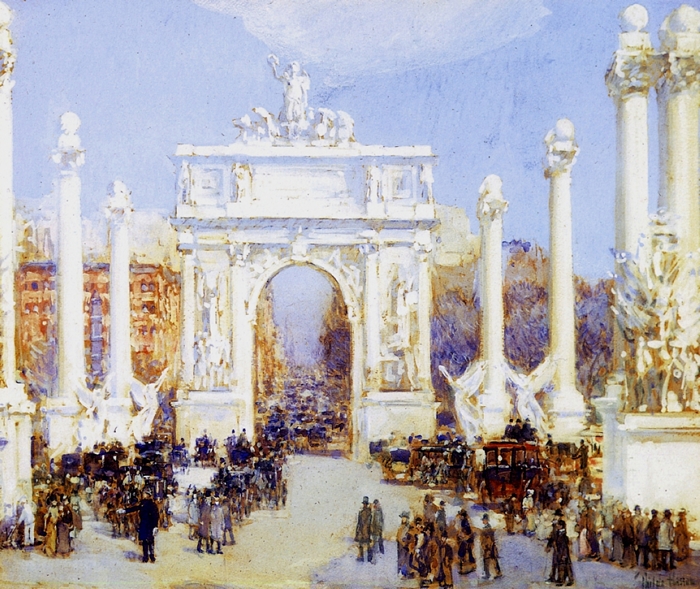
Hassam was a prolific painter: produced over 3.000 paintings, watercolors, etchings, and lithographs over the course of his career, and was an influential American artist of the early 20th century.
A prolific and industrious artist, Hassam painted numerous scenes of both the city and the countryside. Many of his early street scenes of Boston, Paris and New York, with their reflections of wet pavement or of gaslight on the snow, evidenced a talent for capturing the effects of light and atmosphere.





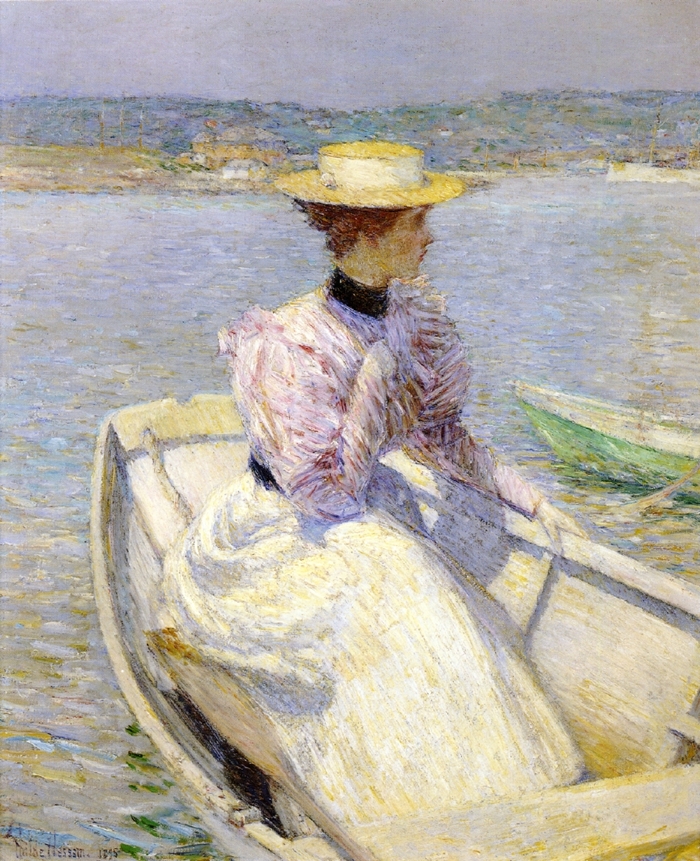



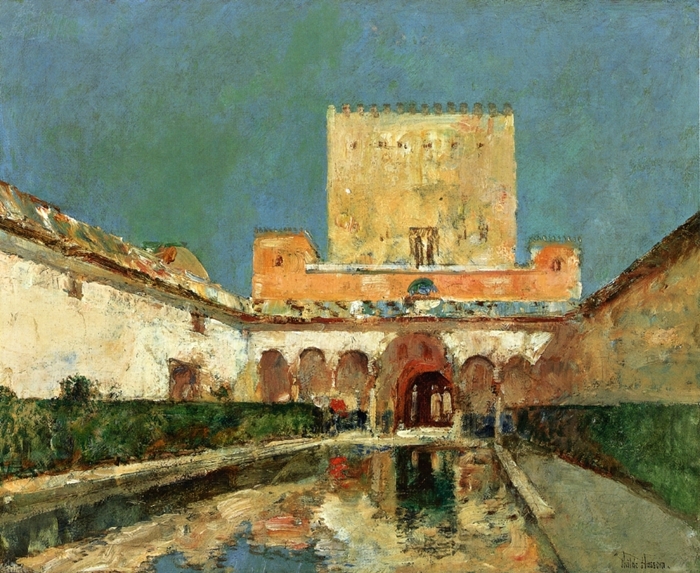

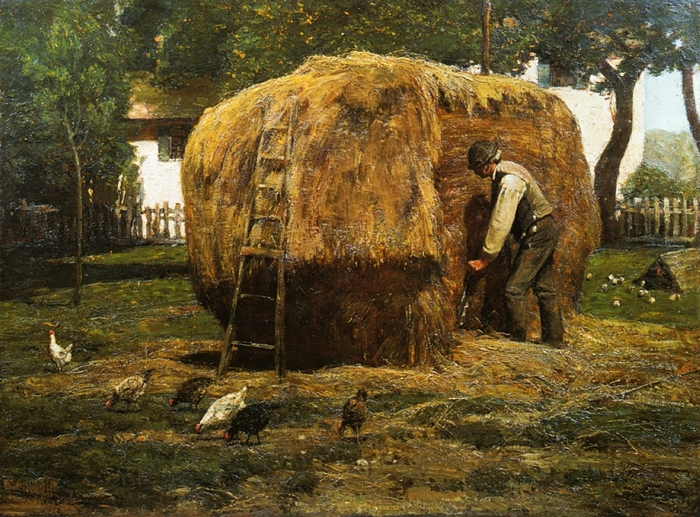
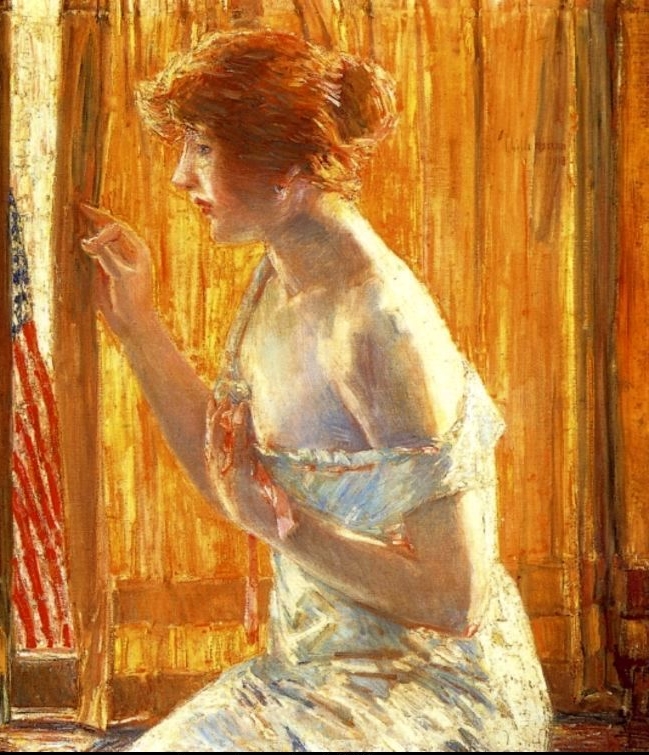

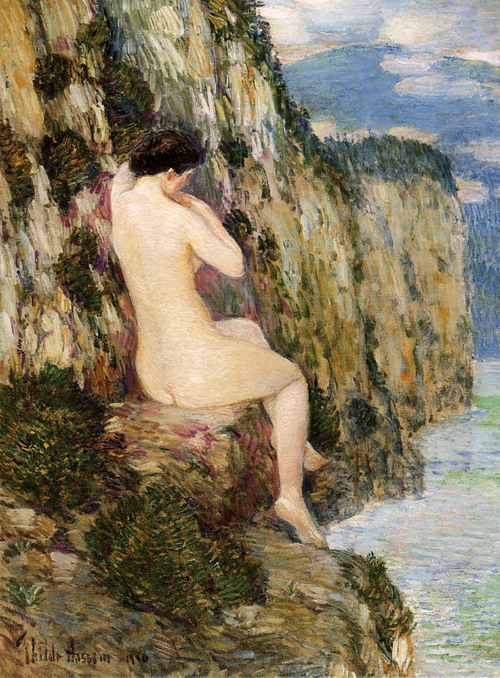

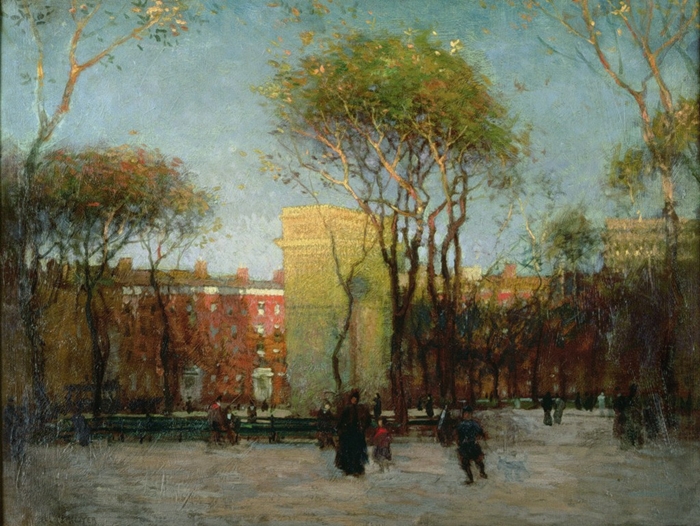

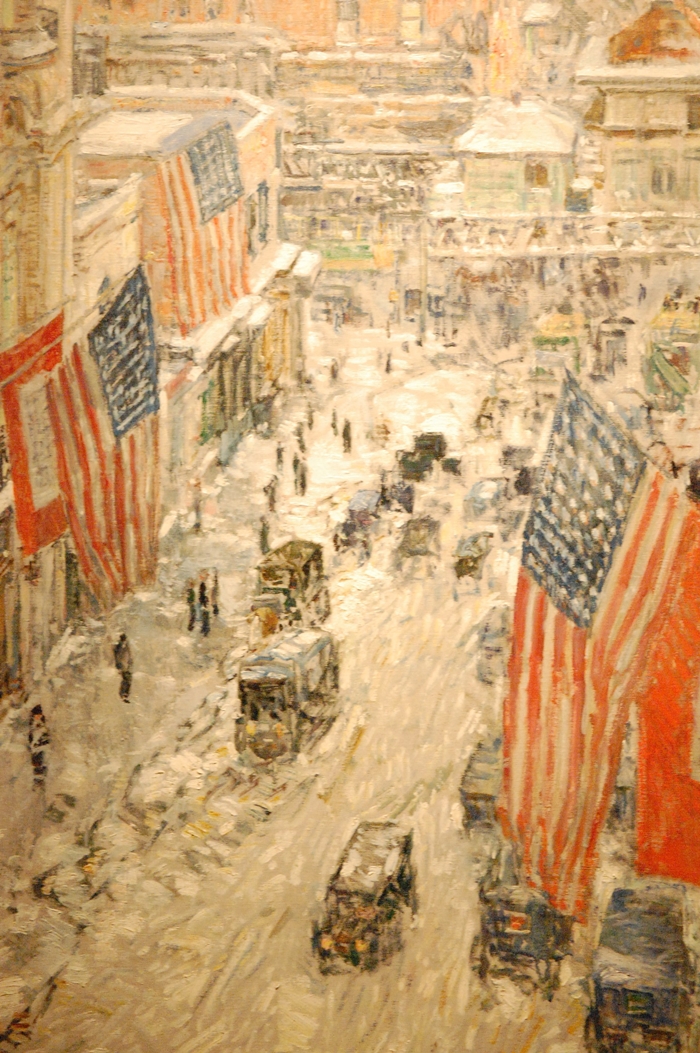


Frederick Childe Hassam [1859-1935] fue un pintor americano, conocido para sus escenas urbanas y costeras. Junto con Mary Cassatt 1844-1926 y John Henry Twachtman, Hassam fue instrumental en promulgar impresionismo a los colectores americanos, a los distribuidores, y los museos.
Hassam era pintor prolífico: producido más de 3.000 pinturas, acuarelas, aguafuertes, y litografías en el transcurso de su carrera, y fue un artista estadounidense influyente de principios del siglo 20.
Un artista prolífico y laborioso, Hassam pintó numerosas escenas de la ciudad y el campo. Muchas de sus primeras escenas de la calle de Boston, París y Nueva York, con sus reflejos de pavimento mojado o de la luz de gas en la nieve, evidenció un talento especial para captar los efectos de la luz y la atmósfera.
Frederick Childe Hassam nació en 1859 en Dorchester, Massachusetts. En 1876 fue aprendiz de un grabador de madera local y poco después se convirtió en un ilustrador freelance. Por la noche asistió a la clase de vida en el Club de Arte de Boston, a continuación, la anatomía estudió brevemente con William Rimmer en el Instituto Lowell, y tomó clases particulares con el pintor de origen alemán Ignaz Gaugengigl.
En 1883 Hassam viajó a Gran Bretaña, Holanda, España e Italia, donde se produjo un gran número de acuarelas que fueron exhibidos en la Galería Williams y Everett, en Boston ese mismo año. Una vez en casa, en 1884, Hassam se casó con Kathleen Maude Doane y vivió en Boston hasta la primavera de 1886, cuando la pareja se fue a Europa. En París, Hassam estudió la pintura de figuras con Lucien Dorcet, Gustave Boulanger y Jules-Joseph Lefebvre en la Académie Julian, y expuso su obra en los Salones de 1887 a 1888.
En 1889 los Hassam regresó a los Estados Unidos y se estableció en Nueva York. Posteriormente Hassam ayudó en la fundación de la acuarela del Club New York y se unió a la Sociedad de Pastel de Nueva York. Él también comenzó a exponer con la Sociedad de los pintores americanos. En 1897 fue uno de los fundadores de The Ten. Durante la década de 1890 y las siguientes dos décadas, Hassam pasó sus veranos pintando toda Nueva Inglaterra. Sus sitios favoritos eran Old Lyme, Connecticut y Appledore, en las islas de los bajíos, de la costa de New Hampshire, donde realizó algunas de sus obras más conocidas.
A lo largo de su carrera Hassam obtuvo numerosos premios y galardones y se ganó la atención de los coleccionistas de George A. Hearn, John Gellatly y Charles Freer. Su trabajo fue ampliamente exhibido en todo el país, y en el Armory Show de 1913 Hassam fue representado por seis cuadros, cinco pasteles, y un dibujo. Sobre 1915 se volvió hacia el grabado, la producción de grabados y drypoints primera y litografías cerca de dos años después. En 1933 un catálogo razonado de sus grabados en hueco en la lista 376 platos diferentes. Hacia el final de su vida Hassam más a menudo exhiben obras gráficas. La calidad de sus pinturas, mientras tanto, se convirtió cada vez más desigual.
Poco antes de su muerte en East Hampton, en agosto de 1935, se las arregló para legar todas las pinturas que quedan en su estudio a la Academia Americana de las Artes y las Letras. De acuerdo a su deseo de que se vendieron para establecer un fondo para la adquisición de obras estadounidenses para ser donados a museos.



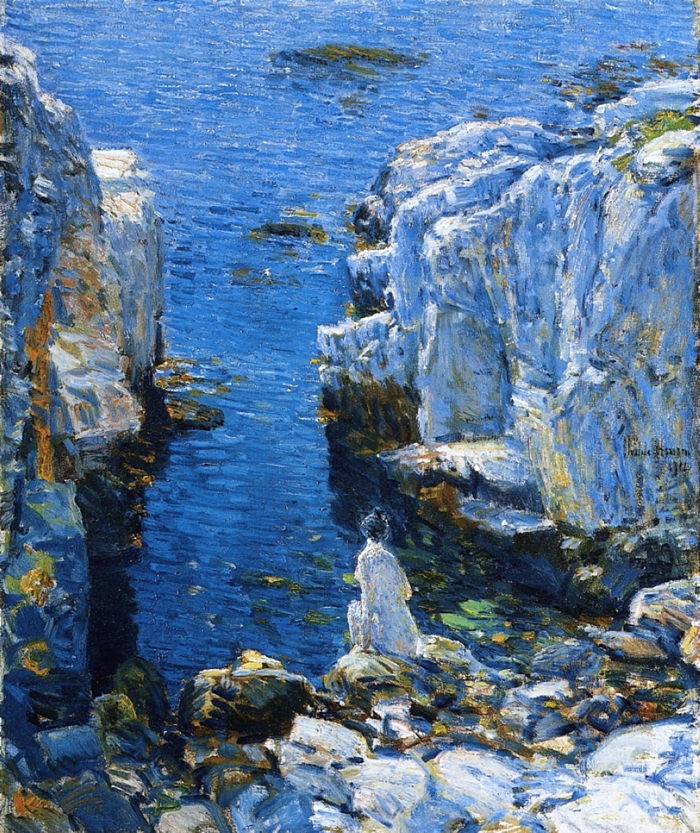



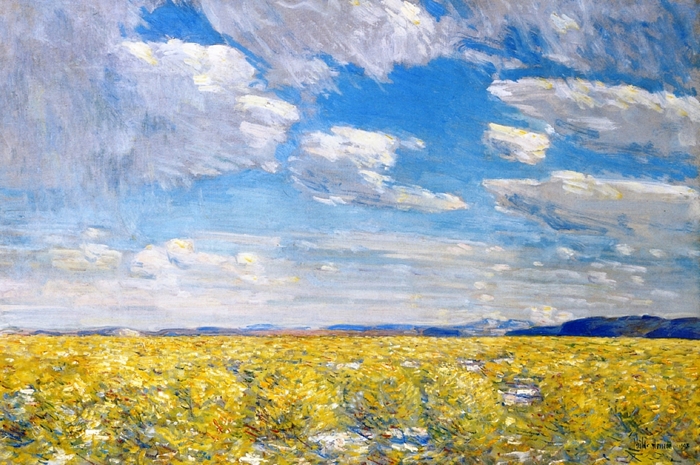





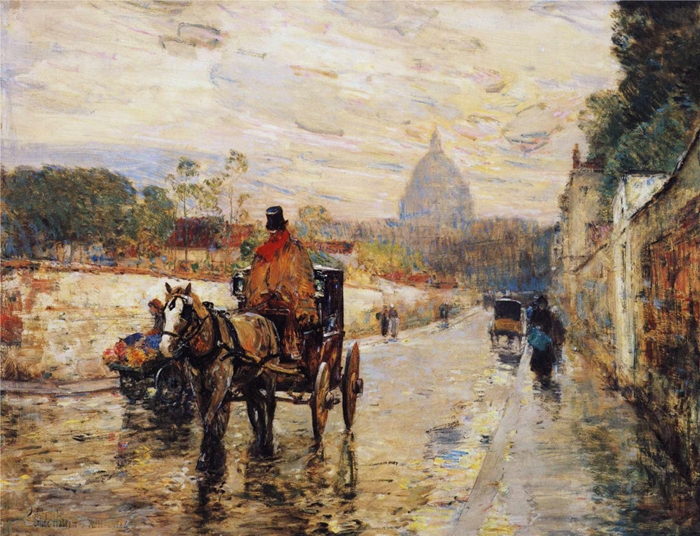





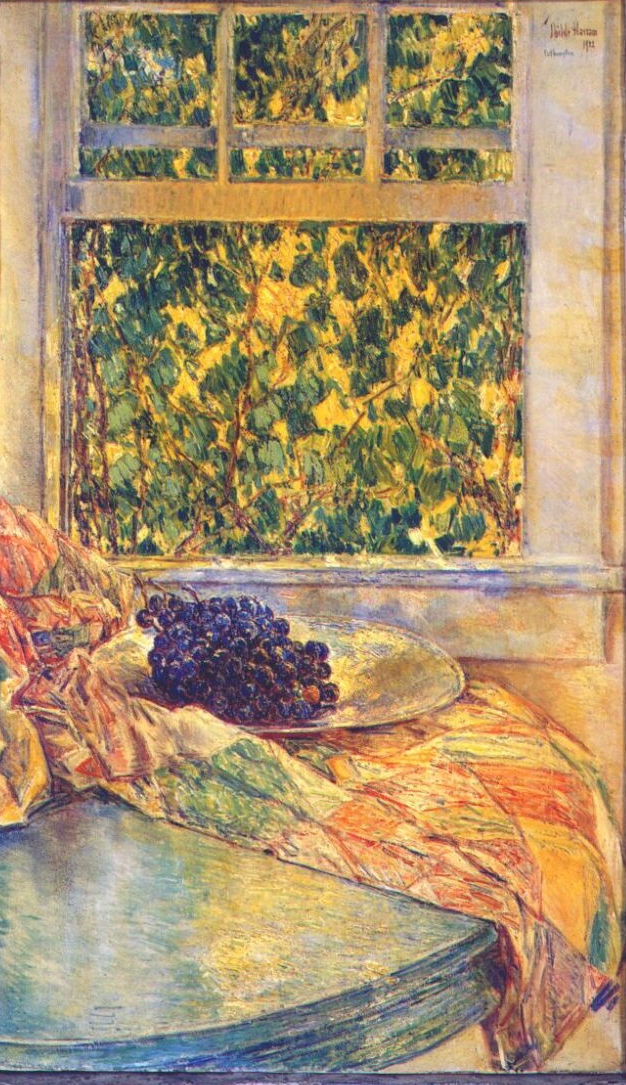

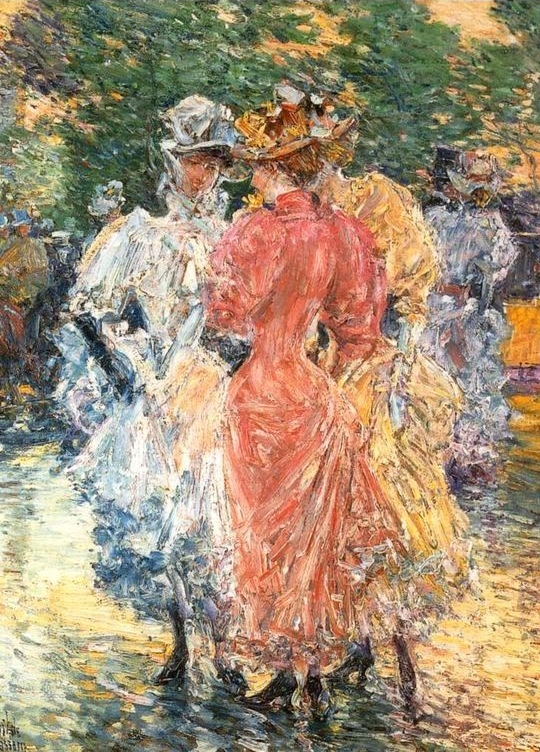
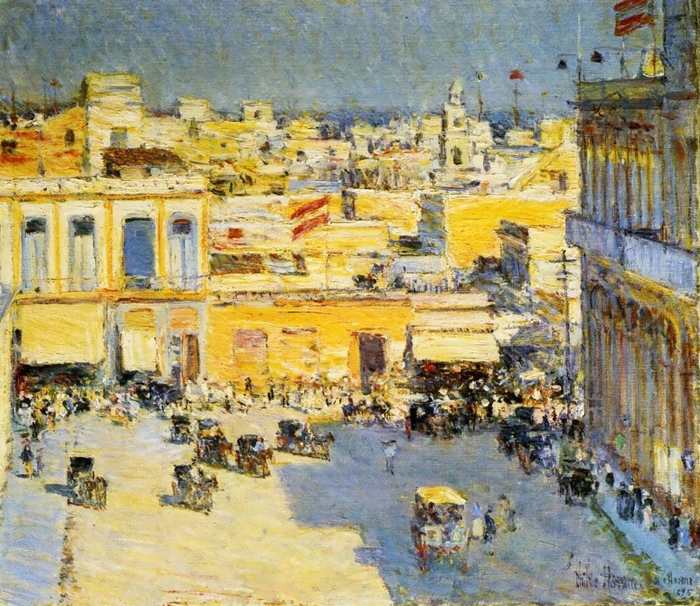

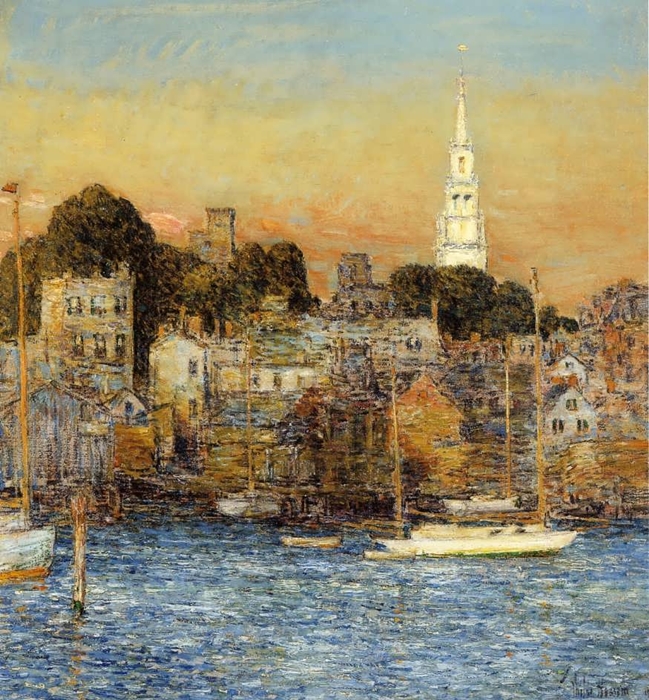




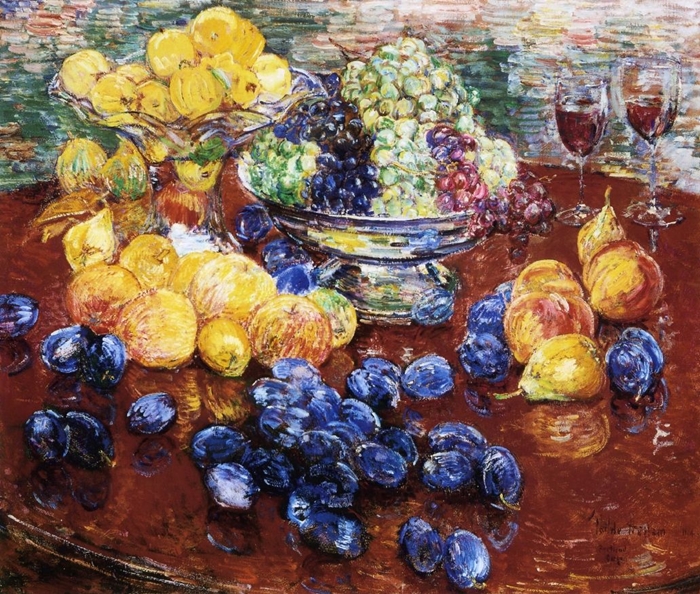
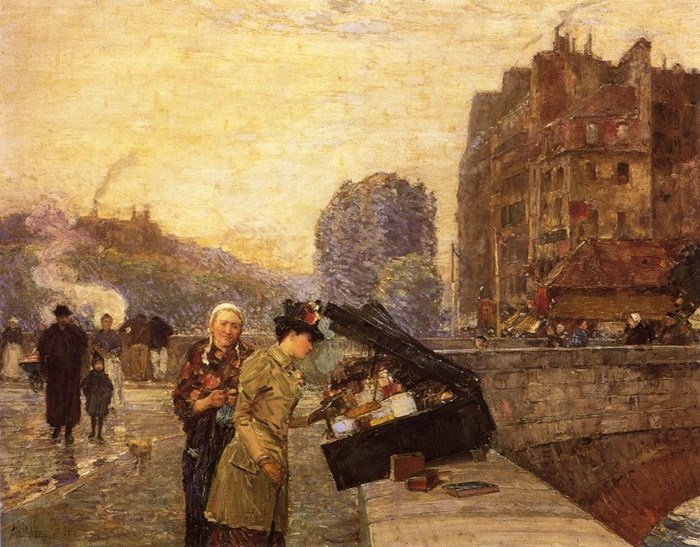
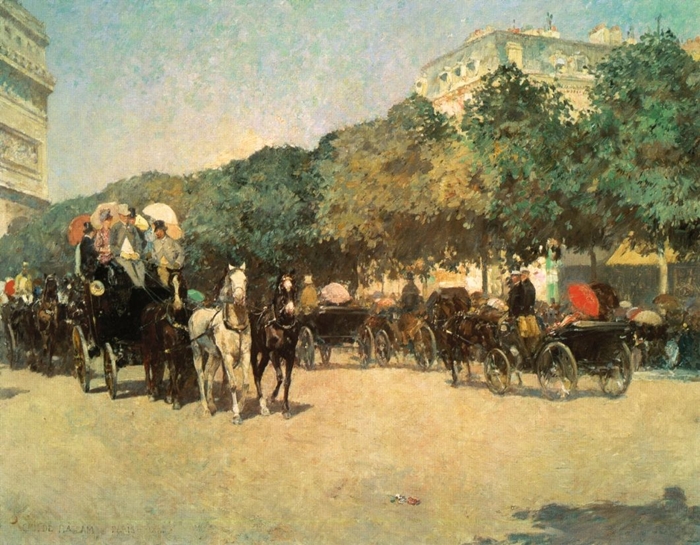


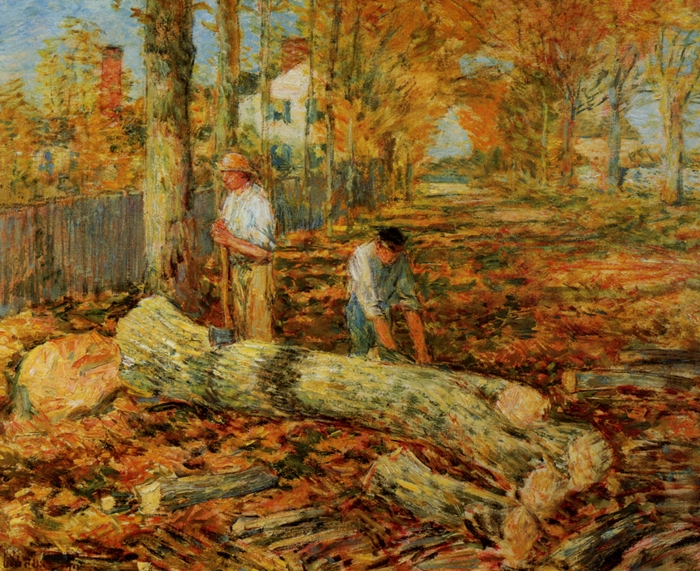


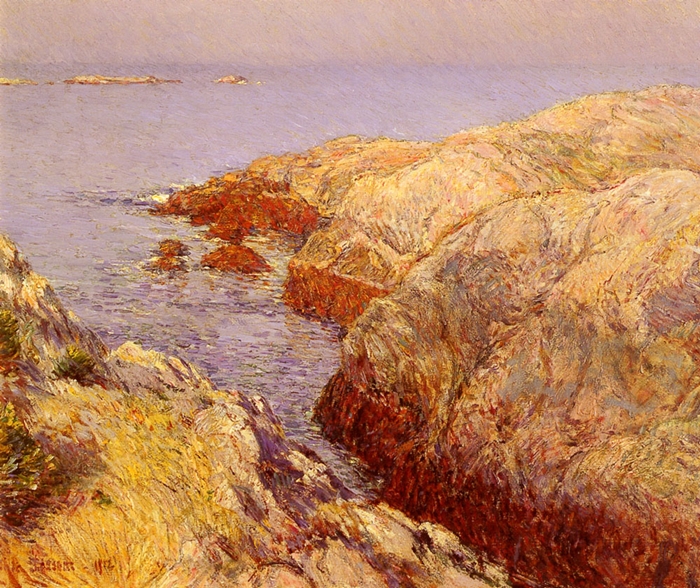


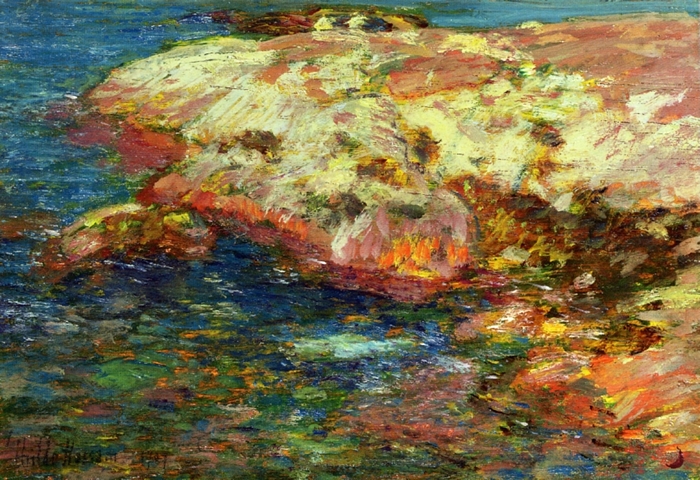

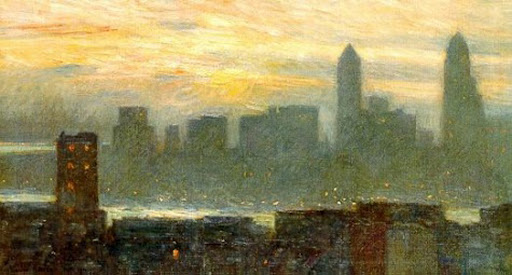

Frederick Childe Hassam was born in 1859 in Dorchester, Massachusetts. In 1876 he was apprenticed to a local wood engraver and soon thereafter became a freelance illustrator. In the evenings he attended the life class at the Boston Art Club, then briefly studied anatomy with William Rimmer at the Lowell Institute, and took private lessons from the German-born painter Ignaz Gaugengigl.
In 1883 Hassam traveled to Great Britain, Holland, Spain, and Italy, where he produced a large number of watercolors that were exhibited at the Williams and Everett Gallery in Boston later that year. Once home, in 1884, Hassam married Kathleen Maude Doane and lived in Boston until the spring of 1886, when the couple left for Europe. In Paris, Hassam studied figure painting with Lucien Dorcet, Gustave Boulanger and Jules-Joseph Lefebvre at the Académie Julian, and exhibited his work at the Salons of 1887-1888.
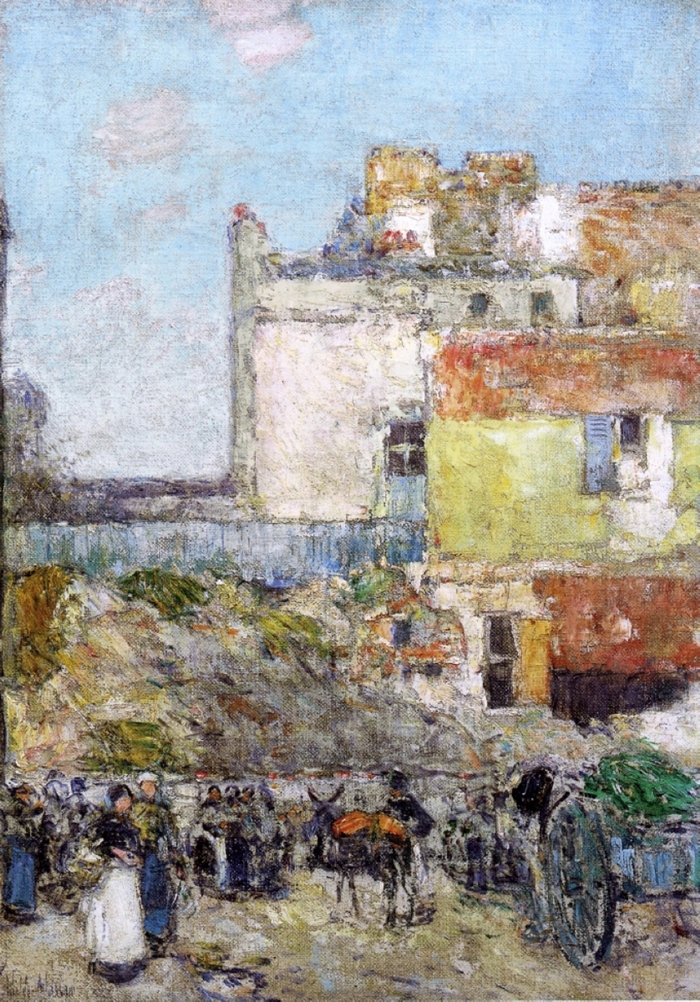
In 1889 the Hassams returned to the United States and settled in New York. Hassam subsequently assisted in founding the New York Watercolor Club and joined the Pastel Society of New York. He also began to exhibit with the Society of American painters. In 1897 he was a founder of The Ten. During the 1890s and the following two decades, Hassam spent his summers painting throughout New England. His favorite sites were Old Lyme, Connecticut and Appledore, on the Isles of Shoals, off the coast of New Hampshire, where he produced some of his best known works.

Throughout his career Hassam garnered numerous awards and prizes and earned the attention of the collectors George A. Hearn, John Gellatly and Charles Freer. His work was widely exhibited throughout the country, and in the 1913 Armory Show Hassam was represented by six paintings, five pastels, and a drawing. About 1915 he turned to printmaking, producing etchings and drypoints first, and lithographs about two years later. By 1933 a catalogue raisonné of his intaglio prints listed 376 different plates. Toward the end of his life Hassam most often exhibited graphic works. The quality of his paintings, in the meantime, became increasingly uneven.
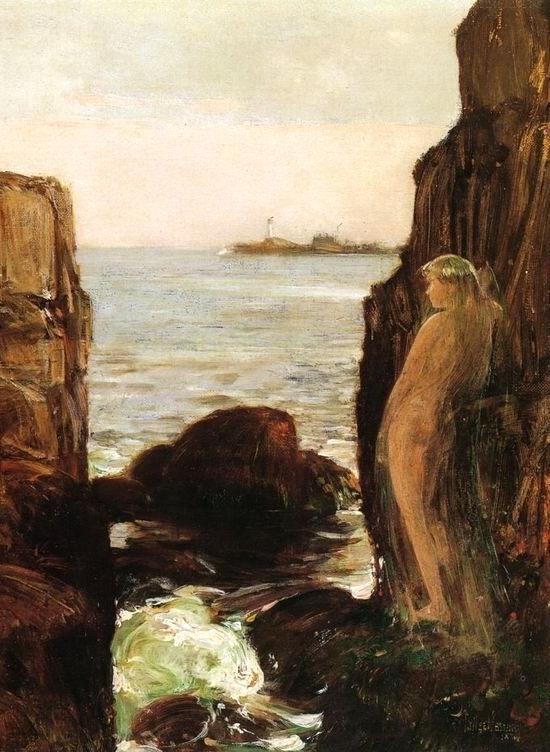
Shortly before his death in East Hampton in August 1935, he arranged to bequeath all the paintings remaining in his studio to the American Academy of Arts and Letters. According to his wish they were sold to establish a fund for the purchase of American works to be donated to museums.
Fuente









































































No hay comentarios:
Publicar un comentario